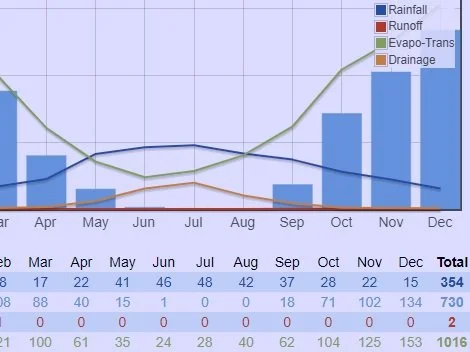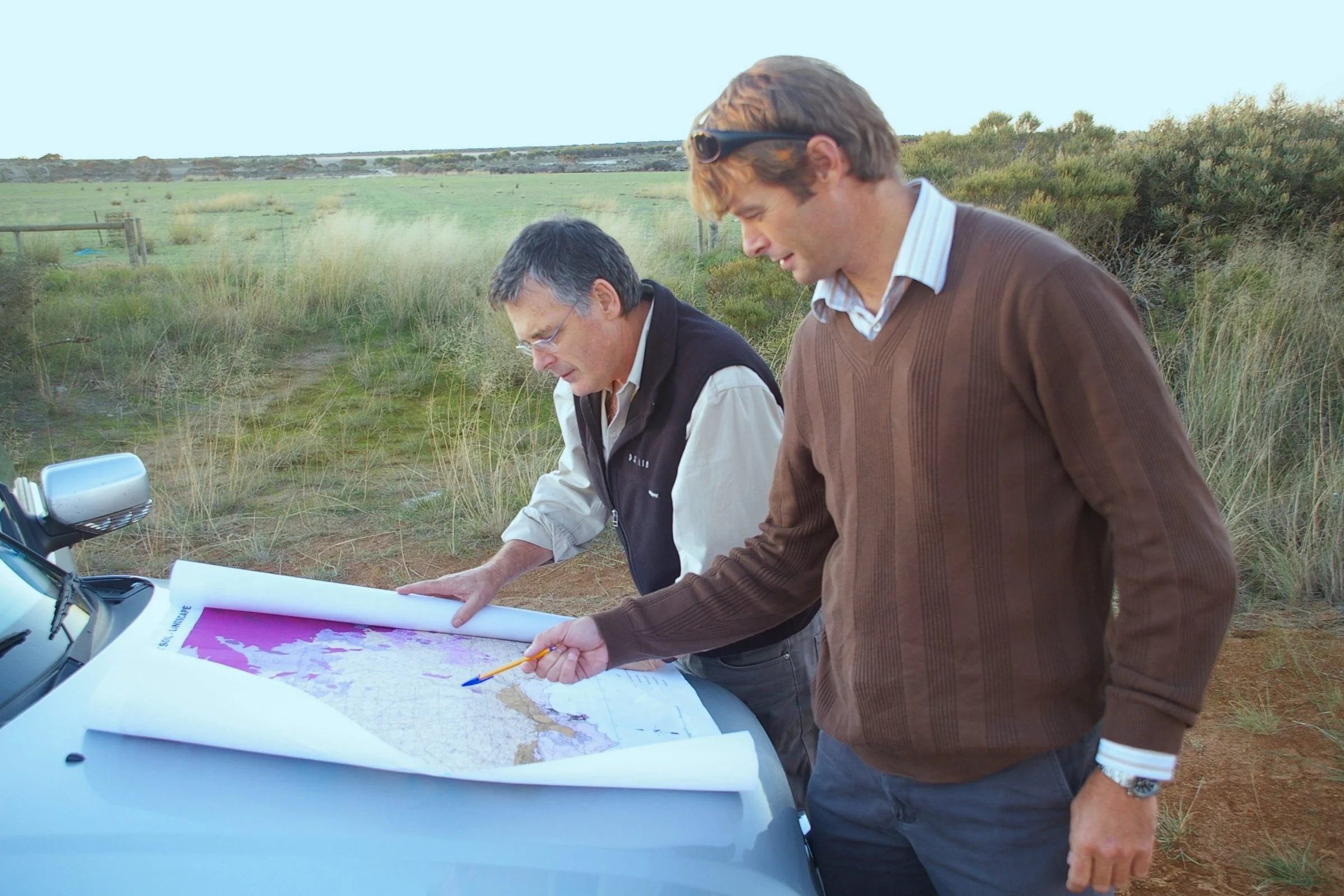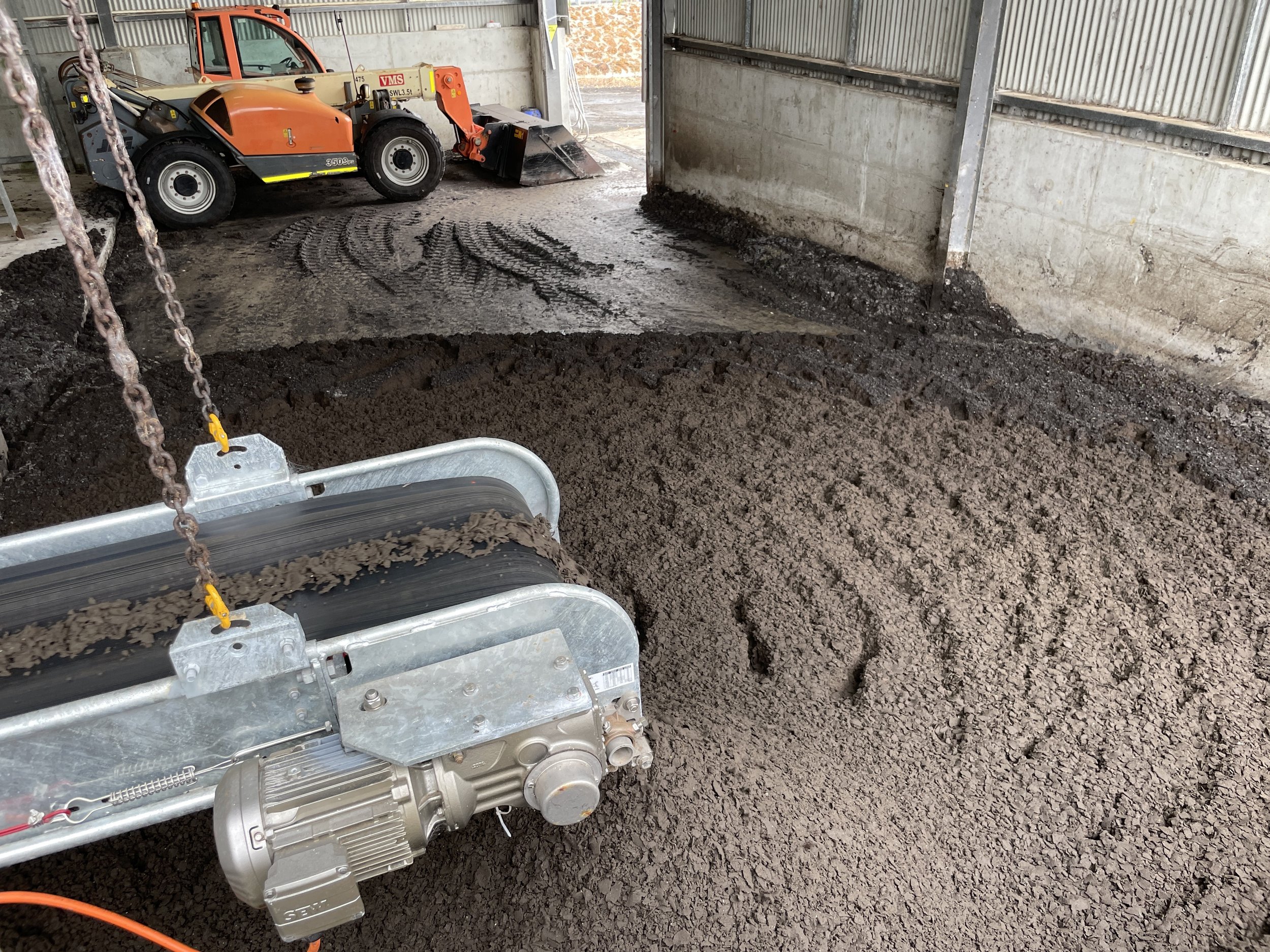
Water Resources
Demand for water resources is increasing due to factors such population growth, economic development and greening initiatives. At the same time supply from traditional sources is being constrained by climate change, pollution and competition from other land uses. In many cases costly technical solutions are proposed without considering the regional land use context and the range of supply and management options. Our approach to non-potable water resources planning is based on understanding the land use context and taking an integrated, catchment perspective. Related services include:
Demand side analysis to determine what water is needed and when.
Supply side analysis to determine the potentially available water resources.
Management approaches to ensure water use efficiency.
Pre-feasibility / concept stage water resource recovery and storage options and associated cost:benefit analysis.
Some examples of our work are outlined below.
Land Use Options for using Recycled Water from Wastewater Treatment Plants
-

Evaluation of wastewater treatment plants & surrounds
Evaluation of recycled water, soils and climatic conditions in the vicinity of over 100 wastewater treatment plants across Western Australia.
-

Ready reckoner for evaluating land use options
Development of a ready reckoner to enable evaluation of land use options (trees, turf, bioenergy crops) for irrigation with recycled water at each wastewater treatment pant (WWTP).
-

Water balance evaluation
A feature of the ready reckoner was to provide a water balance evaluation for each land use and irrigation option.
Land & Water for Horticulture & Irrigated Agriculture
-
Identification of Agricultural Land of State Significance
Statewide mapping of areas of State/regional agricultural significance being areas suitable for horticulture and irrigated agriculture.
-

Priority Agricultural Land Policy
Development of Statewide planning policy and planning framework for identifying and protecting priority agricultural land.
-

Multi-Criteria Analysis
Multi-criteria analysis to identify relative strengths, weaknesses, opportunities and threats (SWOT) associated with areas of State agricultural significance to assist planning.
Catchment scale planning & management
-

Catchment scale planning
Catchment scale planning and management for various areas including Lake Warden (Esperance) and the Ellenbrook, Chittering and Brockman areas.
-
Land capability & land degradation risk
Undertaking land use capability analysis for various land uses including horticulture, grazing, cropping and tree and land degradation risk including dryland salinity, wind and water erosion, nutrient (P) export and soil acidity.
-

Soil & land management guidelines
Analysis of land management units (LMUs) and development of land management guidelines for each LMU.
Biobased fertilisers & soil conditioners for soil management
-

Dried Digestate & Biochar Production
Analysis of potential supply of sludge derived dried digestate and biochar production from red meat processors across Australia.
-

Land Use & Soil Constraints
Analysis of land uses and soil constraints such as salinity, soil acidity and erosion in the vicinity of red meat processors.
-

Demand scenarios
Evaluating demand scenarios for application of dried digestate and/or biochar to mitigate soil constraints.



